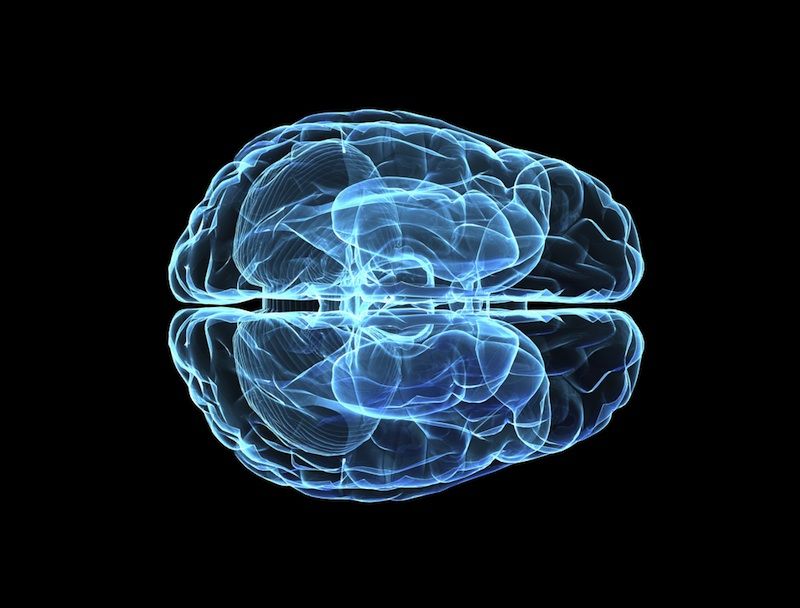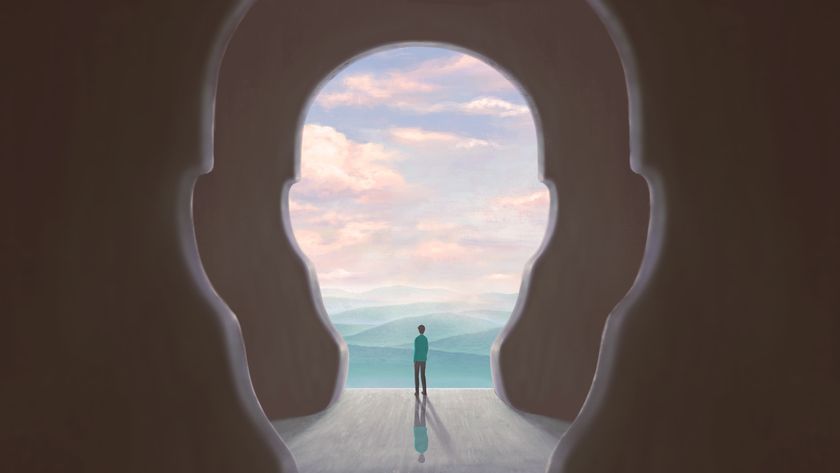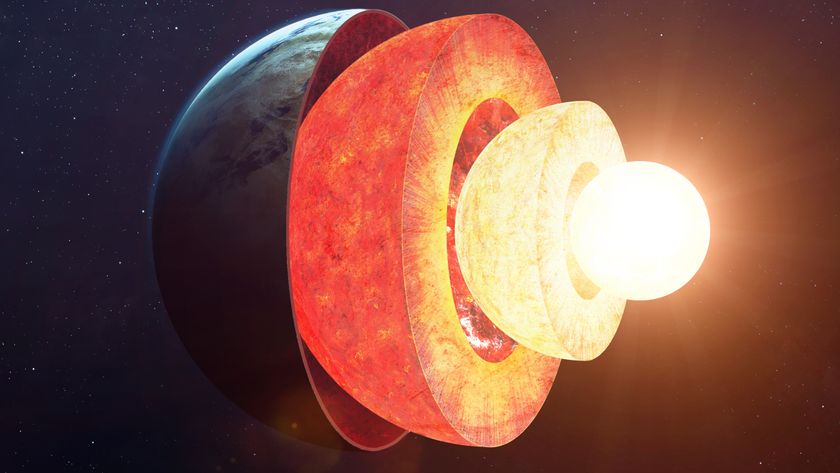The Social Mind: Brain Region Bigger in Popular People

An area of the brain associated with understanding the minds of others is larger in people who have bigger social networks, a new study finds.
The study is one of several that have linked specific brain regions to an active social life. In research published last year, scientists found that some brain regions that process social signals, facial expressions and names and faces are larger in people with more Facebook friends. Research has also shown that monkeys that live in larger groups grow bigger brains.
The "social brain hypothesis" holds that the reason primates, including humans, have relatively large brains is that they need the processing space to cope with their complex social networks.
But humans range from loner to life of the party, and University of Oxford anthropologist Robin Dunbar and his colleagues wanted to know if there is a brain basis for these differences. To find out, they took anatomical scans of the brains of 40 volunteers using magnetic resonance imaging. The participants also completed some tests to determine how good they were at "mentalizing," or understanding another person's mental state. This process is similar to empathy but goes beyond understanding emotions to understanding another person's goals, needs and reasoning. [Image Gallery: Inside the Brain]
Finally, each person in the study reported how many people they'd had social contact with during the last seven days. This measurement excluded professional interactions and focused on truly social ones, Dunbar told LiveScience. Earlier research has shown that this weekly estimate gives a good sense of the size of a person's social network in general.
"We included any form of contact, providing it was a genuine interaction and not just a kind of 'Twitter,' as it were, to the wider world," Dunbar said. "We were trying to look at the people you get together with on a serious basis."
The social brain
Sign up for the Live Science daily newsletter now
Get the world’s most fascinating discoveries delivered straight to your inbox.
Looking at these factors — size of social network, brain anatomy and ability to mentalize — uncovered a trio of links between all three. People with larger social networks seem to have larger orbital prefrontal cortexes, the researchers found. This area of the brain sits right behind the eyes and is responsible for directing appropriate social behavior and interactions with others.
"The orbital part [of the prefrontal cortex] is especially associated with things like emotion and reward," Dunbar said.
Importantly, the relationship between the size of the orbital prefrontal cortex and the size of a social network was explained by a person's ability to envision other people's thoughts and emotions.
"The size of the orbitofrontal cortex in particular determines how good you are at these mentalizing skills, and these mentalizing skills, in turn, determine the number of friends you have," Dunbar said.
Cause or effect?
It's not entirely clear from the research whether big orbital prefrontal cortexes are innate, or whether they enlarge in response to gaining more friends.
Certainly, Dunbar said, a functional orbital prefrontal cortex is key for understanding social situations — people with damage to these regions are notoriously bad at interacting with others. But the ultimate size of any brain region depends in part on how that area is used during childhood.
For example, Dunbar said, kids with lots of older siblings develop their mentalizing capacities earlier than kids without many brothers and sisters.
"My analogy is that you don't get to be [Rafael] Nadal or any great tennis player just by having the body to do it," Dunbar said. "You have to spend eight hours a day, seven days a week on the court practicing. On the other hand, if you haven't got the body to begin with, no amount of practice is going to turn you into Rafael Nadal."
Likewise, if someone lacks the basic brain space to judge other's mental states, they'll likely struggle to maintain social ties, Dunbar said. But if the hardware is in place, using it may beef it up, especially during youth, when the brain is especially open to growth and change.
The researchers next plan to study the difference between friends and family in the brain. Friendships have to be nurtured, Dunbar said, but extended family relationships seem to come easier.
"We're quite interested in whether that's because family kicks in a kind of quick 'automated circuitry' that's quite cheap to run," Dunbar said, adding, "It may only be the friends who are expensive, and family comes for free."
The researchers published their findings today (Jan. 31) in the journal Proceedings of the Royal Society B.
You can follow LiveScience senior writer Stephanie Pappas on Twitter @sipappas. Follow LiveScience for the latest in science news and discoveries on Twitter @livescience and on Facebook.

Stephanie Pappas is a contributing writer for Live Science, covering topics ranging from geoscience to archaeology to the human brain and behavior. She was previously a senior writer for Live Science but is now a freelancer based in Denver, Colorado, and regularly contributes to Scientific American and The Monitor, the monthly magazine of the American Psychological Association. Stephanie received a bachelor's degree in psychology from the University of South Carolina and a graduate certificate in science communication from the University of California, Santa Cruz.


